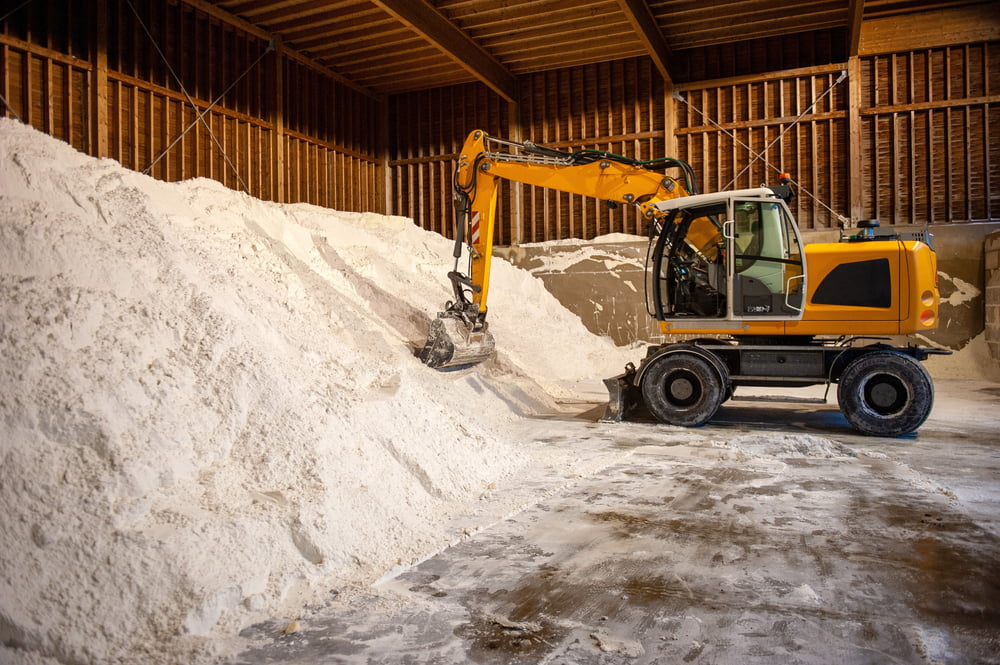More snow on the way, code yellow for slippery conditions.
When we talk about the challenges of winter driving, it's often the first and last parts of the journey that are felt to be the most treacherous. This applies to both daily commutes and longer trips. The moments when a motorist leaves the street or approaches his destination are often the moments when he is confronted with unexpected slippery conditions.
The winter weather, especially the hail and snow, has not only caused traffic nuisance, but also a risk of slippery conditions due to freezing of wet road sections. The road surface temperature is below zero, which can lead to very slippery roads. This effect is enhanced by the cold ground, which causes winter precipitation to melt more slowly and remain slippery for longer.

Rijkswaterstaat is preparing well for the winter. Winter situations such as frost, sleet, snow and fog affect the roads and traffic.
Also in Flanders, the Roads and Traffic Agency (AWV) warns of possible slippery roads and cycle paths as a result of winter weather conditions. Specific attention is drawn to the need for road users to be careful, with the advice to moderate speed and keep sufficient distance from other road users. Many schools from Halle and the surrounding area in Flemish Brabant played it safe and decided to provide distance learning on Wednesday due to the expected snowfall.
The weather conditions have also prompted a warning from airport authorities to passengers about potential delays expected on Wednesday. These delays are the result of the necessary safety measures that must be taken in winter conditions, such as de-icing the aircraft and clearing the runways of ice and snow.
The winter conditions have had a significant impact on rail traffic in the Netherlands, especially due to switch failures caused by snow and ice. When snow accumulates between track switches, it can lead to disruptions that can seriously disrupt normal train service. To prevent such situations, point heaters have been installed that are intended to melt snow and ice and keep the points functional.
working from home
In extreme weather conditions, such as heavy snowfall, the question often arises whether employees can decide to stay at home and not travel to work. The answer to this is clear: “No.” Employees are expected to make every effort to arrive at work on time, even when bad weather has been announced. However, there is also some flexibility in this matter. In some cases, employers and employees may agree to make alternative arrangements, such as working from home or compensating for missed hours at a later date. This flexibility can be especially important in situations where traveling would be truly dangerous.
Forecasts and possible warnings: some wintry showers on Thursday and Friday, but also regular sunshine. It will be drier at the weekend. Temperatures are below normal, with widespread frost at night. There is a daily risk of slippery conditions, especially inland. From Sunday evening, mild air will flow in and it will become wet and stormy.





